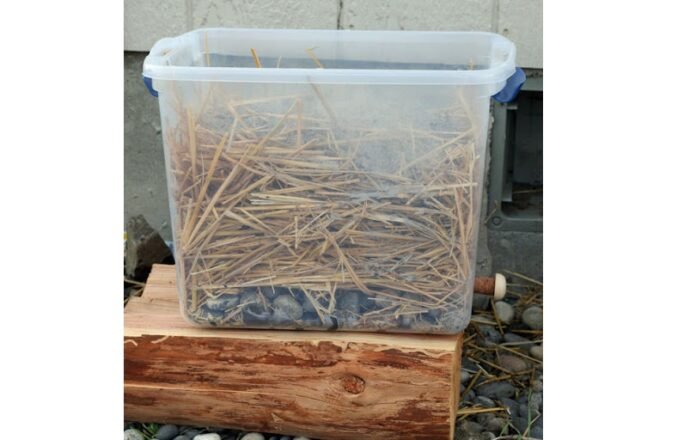NaOH, also known as sodium hydroxide or caustic soda, has a long and interesting history. It was first discovered by a German chemist in 1791 and has since become an important industrial chemical. But have you ever wondered how the price of NaOH has changed over time? This blog post will explore the surprising history of NaOH and trace the changing NaOH price from the early 19th century to the present day.
How Was NaOH Discovered?
NaOH, otherwise known as sodium hydroxide, is a white crystalline solid that is highly caustic. It is widely used in many industries, from food manufacturing to chemical production. But how was it discovered?
The story of NaOH began with the German-Swedish chemist Carl Wilhelm Scheele, who isolated sodium for the first time in 1781. He accomplished this by heating sodium carbonate with charcoal and collecting the resulting ash. He discovered that the ash was an alkaline salt by examining it, and thus the research of sodium hydroxide started.
Since its initial discovery, NaOH has been used for many applications including soap-making and in the production of paper. However, with increased industrialization, the use of NaOH and the NaOH price have both increased drastically. In fact, in 2020, the NaOH price is several times higher than it was when Scheele made his discovery over two centuries ago.
The price of NaOH has risen in tandem with its demand over the years. Today’s NaOH price is influenced by a number of factors, including supply and demand, energy costs, and transportation costs. Thus, understanding the factors that influence the NaOH price is essential for businesses looking to use this important chemical.
How Has the Price of NaOH Changed Over Time?
The price of NaOH, or sodium hydroxide, has changed significantly over time. It was discovered in 1807 by a British scientist named Humphry Davy, who extracted it from seaweed ashes. Since then, its manufacturing method has changed, resulting in cost savings for customers.
In the early days, NaOH was produced through an electrolysis process that required large amounts of energy and resources. As a result, it was comparatively expensive in comparison to other compounds at the time. However, in the 1950s, researchers developed a new method called the “chloralkali” process that allowed for the large-scale production of NaOH at a much lower cost. As a result, the price of NaOH decreased significantly.
Today, the price of NaOH is quite low compared to other industrial chemicals. This is primarily due to the improved efficiency of modern manufacturing processes. Additionally, increased competition in the market has pushed prices lower as manufacturers strive to undercut their competitors.
Overall, the price of NaOH has decreased significantly since its discovery and continues to decrease as manufacturers improve their efficiency and reduce costs.
What Factors Have Contributed to Changes in the Price of NaOH?
The price of NaOH has fluctuated over time, due to a variety of factors. The supply and demand for sodium hydroxide affect its pricing. If the supply of NaOH is low, then it may be more expensive, while an increase in the supply can lead to lower prices. Additionally, the cost of production can have a major impact on the price of NaOH. If production costs increase, then the cost of the product itself will follow.
Political decisions, such as changes in taxation, can also affect the price of NaOH. In addition, foreign exchange rates and global trade tariffs can influence pricing. As the global market becomes increasingly interconnected, the cost of NaOH is likely to continue to fluctuate in response to changes in these areas.
Finally, environmental conditions can influence the NaOH price. For instance, if the process of making NaOH emits pollutants, governments may apply laws or taxes on manufacturing, thus increasing expenses.
In summary, there are many factors that contribute to changes in the price of NaOH. These include fluctuations in supply and demand, production costs, political decisions, foreign exchange rates, global trade tariffs and environmental factors. Therefore, it is important to remain informed of global developments in order to understand how they might affect NaOH pricing.
Conclusion
The discovery and production of NaOH have come a long way since it was first extracted from wood ashes by the Egyptians. Throughout its history, the price of NaOH has fluctuated due to raw material availability, the complexity of manufacturing procedures, and other variables. Despite these oscillations, NaOH’s relevance as a widely used industrial chemical has continuously increased throughout time, making it a critical component in many sectors.
Read Also: How to Determine the Current Trends in Silver Bullion Prices



































































